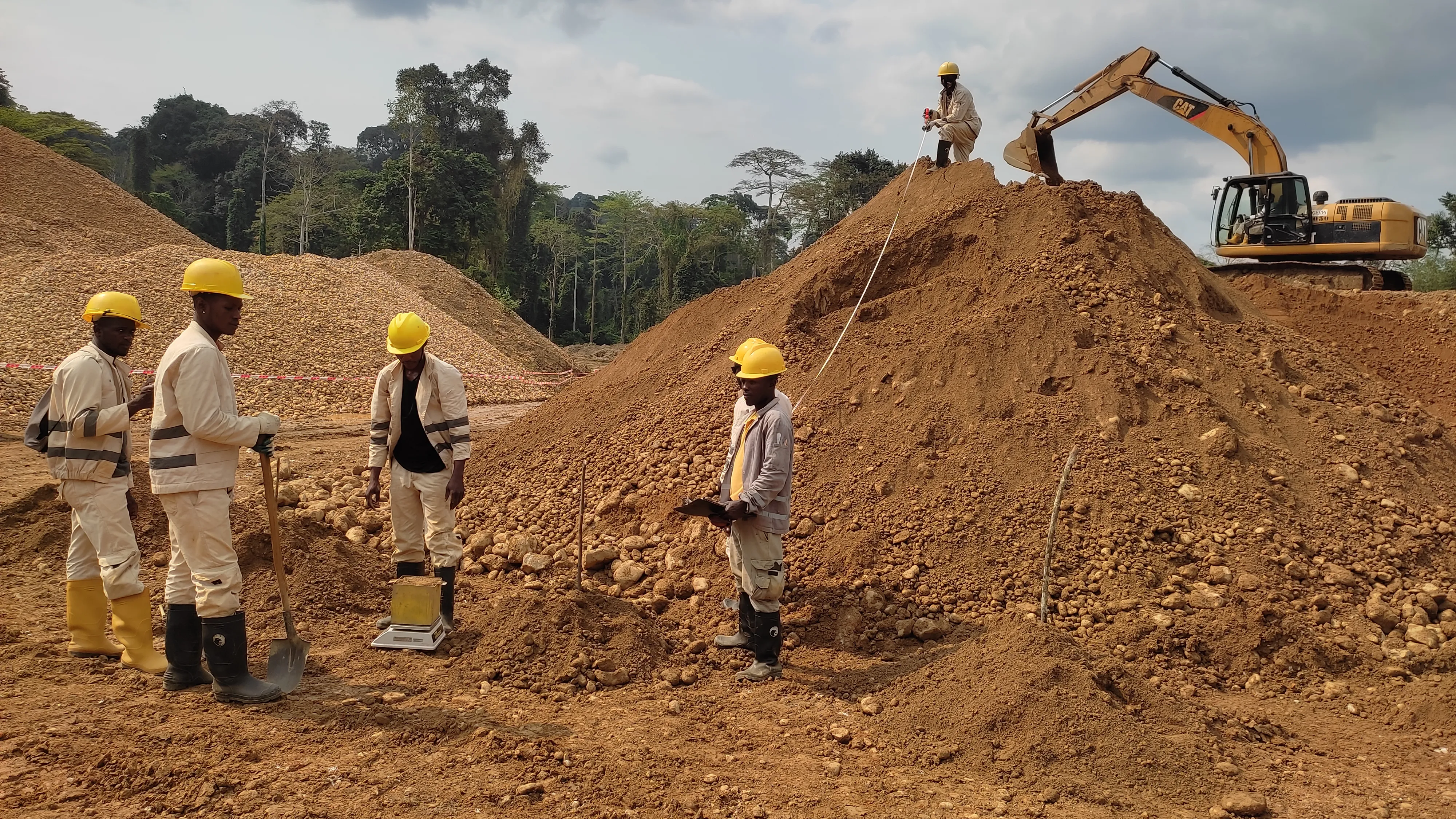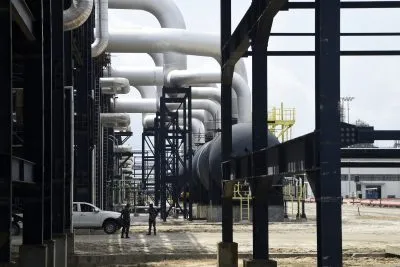This article was produced with the support of VMD
In the coming weeks, Angola’s Buco-Zau mine in the northern province of Cabinda is likely to produce one of the country’s most significant gold exports in nearly half a century.
The sale of 15kg of gold from a secondary deposit is a momentous occasion, one that marks an exciting new chapter for the resource-rich African nation. It not only signals the rebirth of a once essential part of the country’s economy, but it is also a sign of the success of the country’s recent push toward economic diversification.
A key part of this economic strategy is to refocus on the country’s mining sector. Once known for producing and exporting iron ore, gold, copper and other minerals, investors and government are making a push to reopen the mining sector in Angola.
The Angolan government is bullish on diamonds, and recently announced its intention to become the largest diamond producer in the world by value by the end of 2023. In 2016, Angola was the sixth-largest diamond producer worldwide, and the third largest in Africa, with an annual production of nine million carats.

Real opportunity
“The opportunity is real and there is significant momentum,” says Valdomiro Minoru Dondo, a Angolan businessman who has lived in Luanda since the early 1980s. “Only 40% of the country has been explored, and we know that vast mineral deposits exist. So the business case is clear. The hurdle to overcome is the difficult history of mining in this country, to convince investors that Angola has truly turned the page.”
Angola’s diamond mining industry was worth $1.2bn in 2019, according to statistics compiled by the Kimberley Process consortium of industry, government and civil society stakeholders. This data is based on prospecting studies focused on the Lunda Norte and Sul provinces.
Some regions of Angola have been off the radar of geologists and engineers seeking deposits with sufficient potential to generate greenfield investments. More recent studies have shown that Huambo and Bie provinces, along the Lucapa Graben belt, have equal potential in terms of diamond reserves and profitability.
But the recent success of Buco-Zau shows that the prospects for Angola go beyond diamonds. “This first export is only the result of the exploration of the site’s secondary deposit, which consists of alluvial gold,” says Adriano Leal, director of the Buco-Zau e Lufo Mining Societies.
“Buco-Zau is mining alluvial gold at the same time that it keeps surveying the primary deposit. We expect to be exporting another 20kg in Q1 2022, which shows the enormous potential of this mine.”
Angola has licensed 28 gold mining projects, 20 of which are in the prospecting phase already. The average production capacity for each mine is 4.5kg a month of gold concentrate – a significant amount for the market.

Commitment to environment
Integral to building confidence in the mining industry is ensuring investors that all prospecting and mining projects will comply with environmental, social, and ethical standards. Both the Buco-Zau and Lufo mines, which reside in the Mayombe Forest Transfrontier Protected Area, were only able to obtain mining licences following a thorough environmental review and commitments to reforestation, including the construction of a tree nursery of over 5,000 tree seedlings.
Despite the opportunities, new entrants to Angola’s mining sector must be clear-eyed about the challenges. “The biggest impediment to growth is technology and know-how,” notes Minoru. The businessman says that the sector needs international investment to reach its full potential, especially from American companies that have the expertise in metal mechanics, electronics and engineering that are vital to the success of the industry.
“It’s important that investors recognise not only the financial opportunities in the mining sector, but also that domestic economic reforms and commitment to higher standards are here to stay. The Angolan government recognises that the ability to develop this sector requires long-term partners,” says Minoru.
Angola has implemented new measures to support foreign investment, including enacting the Competition Law in 2018 and an Anti-Money Laundering (AML) Law in 2020. In the last two years the government has established the National Agency of Mineral Resources and the Angolan Diamond Bourse, institutions that will help to further facilitate sustainable, transparent, and equitable mining sector growth in Angola.
In 2019, the Lucapa Diamond Company unearthed a 130-carat diamond from its Lulo Diamond Project mine. The 13th 100+ carat gem unearthed by the Lulo Project, it followed other eye-popping discoveries elsewhere in the country, such as a nearly-flawless 404-carat find in 2016.
These treasures were indicative of the vast untapped reserves of precious gems and minerals in Angola. With increased foreign investment, facilitated by strengthened government and financial institutions, Angola will be able to realise the full potential of its mining sector.
 Sign in with Google
Sign in with Google 



